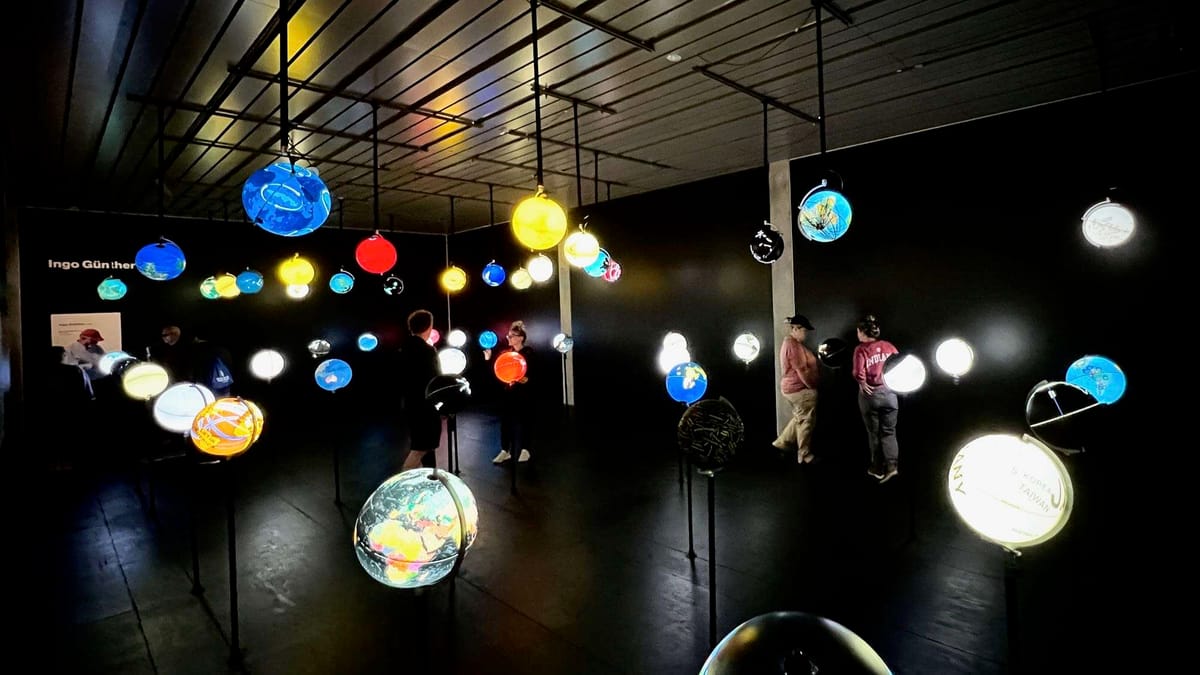Project success hinges on getting the right people in the room
People precede planning.

There are many reasons that a project can go sideways or fail: poor planning, scope creep, budget overruns, unforeseen risks, and environmental factors, etc. But in my experience, the single biggest factor that determines project success or failure is whether all the key stakeholders are a) identified, and b) brought in at the right time.
If you identify all of the stakeholders who should be involved in the project or who will be affected by the project, most issues of planning work themselves out naturally. As an example, I recently worked on a project that originated in the Marketing department, but I realized early on that Human Resources would actually have a pretty big hand in using the deliverables from the project.
By considering how the project could affect another department, I built out tasks to include appropriate training for HR along with QA tasks to make sure their needs were taken care of as the project progressed. Those tasks definitely increased a scope of the project and underscored how valuable the initiative was for the broader organization. Without proper stakeholder identification, those aspects would’ve been overlooked until the last minute or forgotten altogether.
Another issue I’ve experienced is misidentifying a stakeholder’s desired level of engagement in the project process. On a large website redesign, I made the mistake of asking for design feedback from the project’s most significant stakeholder after it had been vetted by a number of other important—but not nearly as authoritative—stakeholders. As a result, I had to essentially redesign the 25+ page website from scratch, which required asking those other stakeholders to re-review everything they had already seen, which also severely crunched the quality assurance phase. My failure to accurately assess stakeholder interest created a wave of cascading issues and unnecessary stress.
If you identify all of the stakeholders who need to be in the loop at the very beginning, planning and execution can come together seamlessly. On the other hand, if you forget to consider someone or bring them in too late, it can result in lots of rework, stress, and lackluster buy-in for the finished product.
Ultimately, project management is about serving people, so if you start by focusing on the people affected, you’ll have a much greater likelihood of success.
Cover image: Installation of World Processor, 1988–2021 by Ingo Günther at the The Anchorage Museum in Anchorage, Alaska. Photo taken with an iPhone 13 Pro on July 25, 2022. The best camera is the one you have with you.



